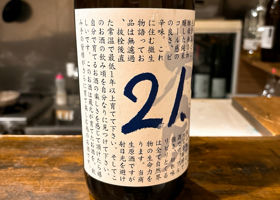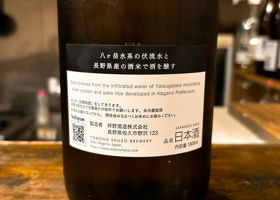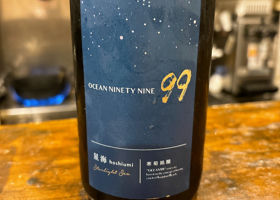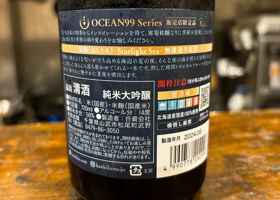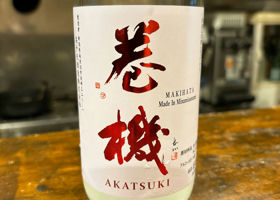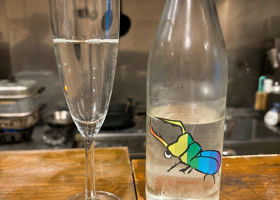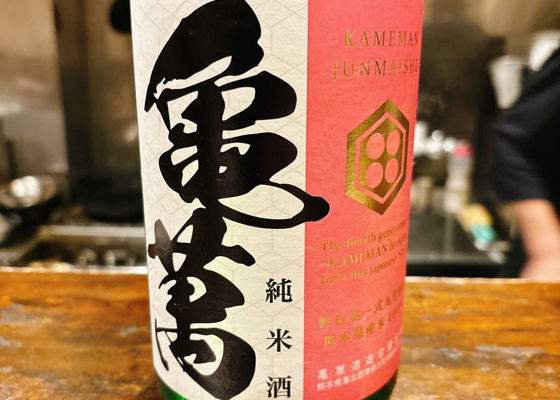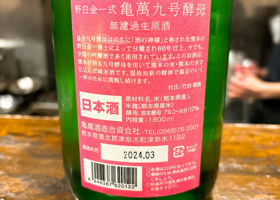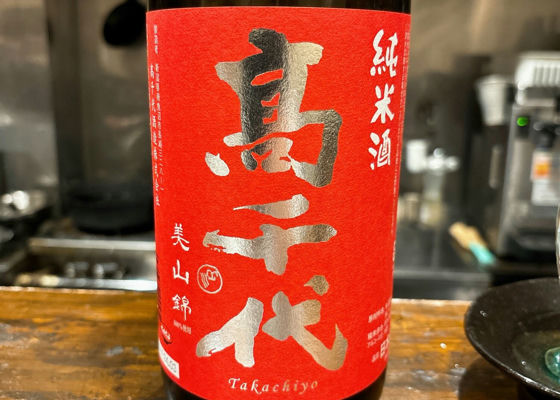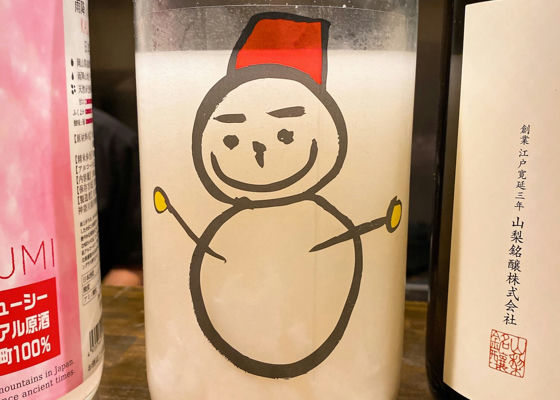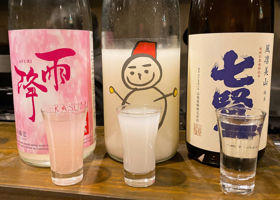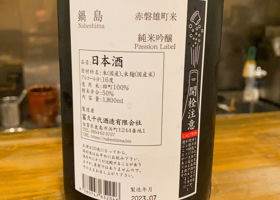Timeline
やす☆It has a juicy, Kangiku-like flavor with a hint of rice, but it also has a fresh acidity and bitterness that makes it sharp. The sweetness is moderate and the bitterness is a little strong, but it seems to change depending on the timing of drinking. やす☆The alcohol content is 21.9 degrees, which is just barely considered sake under the law. The color is a little yellow.
When heated, it has a mellowness and a sharpness with the acidity of Yamahai. The taste is what you would expect at room temperature. やす☆It has a crisp, clear flavor that is typical of 50% polished wines, and a sharpness with a slight alcohol taste. やす☆Lactic acid aroma. Fresh and soft lactic acidity. Slightly strong raw feeling in the middle and last part of the bottle. やす☆It is fresh, with a juicy, melon-like, sweet-tartness that is accompanied by an acidity that makes it sharp. Because of its strong sweetness, I personally prefer to drink it on its own rather than during a meal. やす☆Summer Moon after 4 years.
A cheerful opening sound. The taste is a little fresh, refreshing, and cool. Although it is alky, there is no sense of alcohol, and the high degree of perfection is as expected of Nabeshima. やす☆Light and clear at 14°C, with a hint of a hint of pigmentation. It is crisp and clear with a refreshing acidity. やす☆First Kugata in two years.
It is fresh and has an impressive, clear and crisp acidity. As the label on the back says, it has a gentler image of acidity with sweetness than Kabutomushi. やす☆The first KAMEMAN. It is fresh and has the gutsy flavor of unfiltered raw sake. やす☆First Ilya Thornton of any note.
Almost no aroma. A perfect balance of moderate freshness, deep umami, and the acidity of the sake yeast. やす☆It has a modern feel in that it is petit-fresh despite being fire-aged. It has a clear, refreshing taste with almost no sweetness, and is a light, light, dry sake. Personally, I would like to drink it chilled, as it seems to become a bit sluggish at higher temperatures. やす☆5/2Re-drank at Nakatake rim. Impression was the same. やす☆The sake is crisp and clear with a sake strength of +19, but as stated on the label, it also has a good depth of rice flavor. やす☆Tasted again on 11/23 at Osana. The mouthfeel includes a clear and refreshing flavor typical of Miyamanishiki. It is crisp and clean. やす☆Drank again at Sakenova Singe on 11/29. Impression unchanged. やす☆It has a clear, soft, moderate umami flavor and a good sense of sharpness. It gives the impression of being a versatile all-around food sake. やす☆Shuwa shuwa. It has a milky nigori taste and a crisp acidity typical of Senkyoku, but I felt it had a strong bitterness. やす☆The sake has a very aggressive specification: 90% polished rice, 8 degrees C, -70 sake, 3.4 acidity, and 3.2 amino acidity.
The color is pink. It tastes like cherry juice, with a strong sweetness and crisp acidity. やす☆It has a clear, crisp flavor, but the impression of crisp acidity, which is typical of sake brewing, is strong.
Overall, it is lighter than Shibotan, which I drank just before, and it might have been better to drink it in the opposite order. やす☆The first Tsukasa Botan.
The firmness of this sake has a sense of 70% polished hiyaoroshi and Kochi's sake character. The umami is firm but not too heavy, and it is well balanced with a nice sharpness. I prefer it at room temperature. やす☆This one is also petite fresh. It has a nice clear flavor and mild acidity. I feel that the hiyaoroshi-like flavor comes out when the temperature is raised a little. やす☆Petit fresh. It has clear umami, but the impression of crisp citrus acidity typical of Senkou is strong. It does not have a strong autumnal flavor. やす☆First Passion Label.
The aroma is soft and gorgeous, reminiscent of melon and muscat. The finish is not over-sweet, but has a deep melon-like sweetness that is typical of Omachi, and is as expected of Nabeshima. RecommendedContentsSectionView.title





